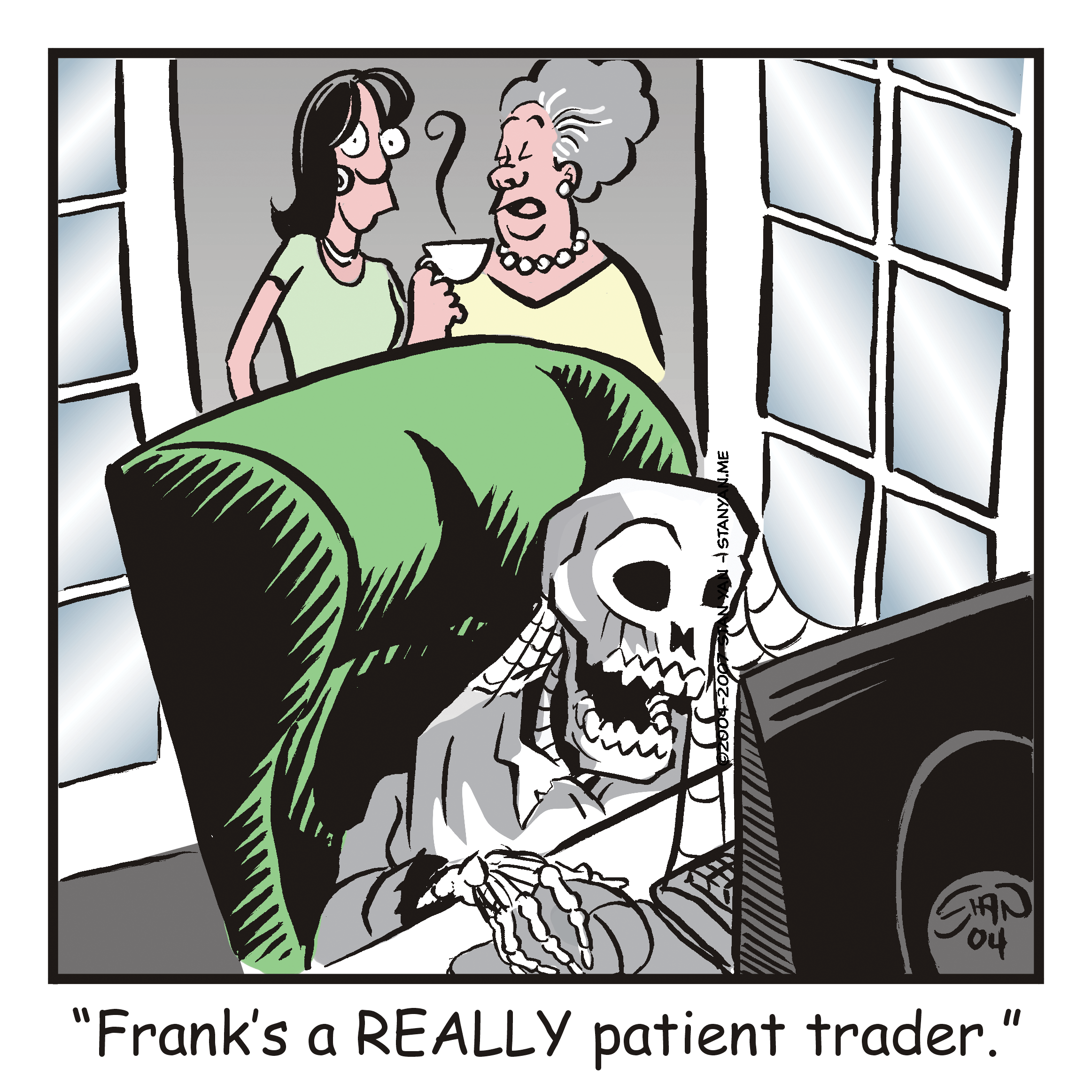The most challenging aspect of trading is finding a trading strategy that will work reliably. The possible strategies are endless. Some traders carefully backtest historical data and try to find a strategy that worked in the past, and bet that it will work in the future. Other traders intuitively feel that there are some points during the trading day that the markets are overbought and try to capitalize on a reversal. Regardless of the strategy, one uses, though, one must have faith in the strategy when it comes time to execute the trade. There’s only so much that can be done before a trade is executed, but once you’ve done all the preparation you can do, you must decisively put on the trade and trade your plan.
This is often easier said than done. When a strategy comes up winning over and over again, it is quite easy to trust it. But there are times when a strategy may seem to work more sporadically. At these times, one’s belief in the strategy may waver. What do you do then? It is tempting to just abandon the strategy and move on to a new approach. But if one moves from one approach to the next, and back again, one cannot trading consistently. In order for the law of averages to work in one’s favor, it is necessary to stick with a strategy long enough to see if it works. In the end, knowing when to stick with a strategy or to abandon it is a perpetual conflict that all traders must learn to resolve.
When you come across a strategy that works, make sure you capitalize on it. There are times when you hit upon a string of good luck. The odds are truly in your favor and you need to push yourself to make a trade after trade to capitalize on chance. To the scientific-minded investor, such a maneuver may seem arbitrary and haphazard, but studies of probability illustrate that there are times in a hypothetical coin toss that heads comes up repeatedly in a long string. Similarly, a string of wins can occur in the markets as well. If you hit upon a winning streak, you would be wise to take advantage of it. You can’t capitalize on it, however, if you make trading errors or your confidence is shaky. This is where well-honed trading skills are an asset. The more skills you have, the more easily you can execute trades flawlessly and take advantage of market conditions that are conducive to your strategy producing a winning streak.
Just as there are winning streaks when a strategy works over and over, there are other times when there is a run of bad luck. A strategy that seems sound just doesn’t work. At these times, there is little you can do. The markets are so complex, and so many factors impact the market action, that it is impossible to know why a strategy may not work, and thus, there is no way to work around it. The psychological problem, however, is how to decide when to abandon a strategy and when to stick with it. There isn’t a simple solution. You don’t want to abandon it prematurely, but on the other hand, you don’t want to stick with it and blow out your account. One solution is to decide beforehand how much of your account you will devote to a particular strategy.
For example, suppose you have a strategy that is expected to produce a win 80% of the time, according to the analysis of historical data. You may decide to make a dozen trades and risk about 25% of your account on the strategy. That is, in a worst-case scenario, you will be willing to lose 25% of your capital. If your strategy is right, you won’t lose 25%. But if you encounter a run of bad luck, then your losses will be limited. This is a good compromise between abandoning your strategy prematurely and sticking with a losing strategy too long.
Unfortunately, there’s no safe, foolproof way to decide to stick with a strategy or to abandon it. You must decide in the end what to do, and it may just be a matter of a hunch or an educated guess based on your past experiences. That’s what makes trading largely about psychology. Ultimately, being a winning trader is about your ability to make the right decision at the right time.

